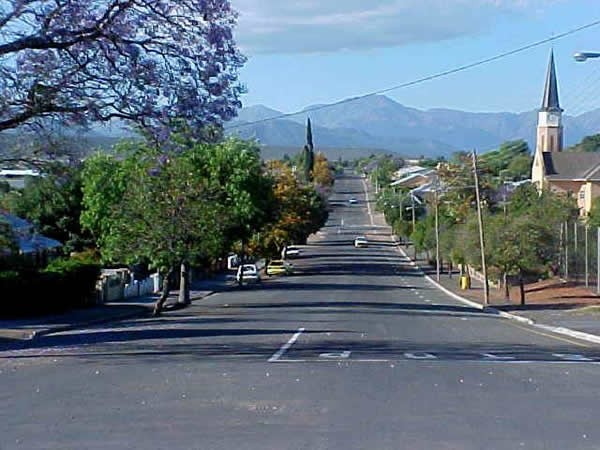The Cape eagle-owl (Bubo capensis) is a species of owl in the family Strigidae. It is one several large species of the eagle-owl genus, Bubo.
The Cape eagle-owl is nocturnal, roosting by day. They roost at Safari in our large blue gum trees. Often a male and female can be found roosting together, especially just before the breeding season.
The predominant prey for the species is mammals. These can range in size from shrews and small rodents to animals the size of hares which are heavier than the birds themselves. Other important prey can include other birds, up to the size of francolins and hamerkops. Opportunistically, the Cape eagle-owl will supplement its diet with reptiles, frogs, scorpions, crabs and large insects. Mole rats are locally often a favorite prey item and 1 to 3 mole rats can be taken each night during the breeding season. A pair with half-grown chicks requires about 600–750 g (1.32–1.65 lb) per night. Hunts are from prominent perches, with the owl gliding in descending flight after prey and killing them with their powerful talons or bill.
These territorial owls may exist in close proximity where populations are dense, occurring at 2.5 km2 (2,500,000 m2). The male advertises the territory by calling, with duets being rare in this species. During courtship, the male bows and hoots in front of the upright, silent female.Normally the Cape eagle-owl breeds every year, but may breed in alternate years. Usually 2 (rare 1 or 3) white eggs are laid, measuring 5.2–5.7 cm (2.0–2.2 in) x 4.3–4.8 cm (1.7–1.9 in) and weighing 62 g (2.2 oz), at 2 day intervals. The female incubates for 34 to 38 days, while the male feeds her. The young hatch at intervals of up to 4 days. New hatchlings weigh 42–51 g (1.5–1.8 oz), then weigh 500 g (1.1 lb) at 20 days and are nearly adult size by 40 days. The female broods the chicks, feeding them with small piece of meat brought by the males. At 11–13 days old, the chicks sprout buff down from the mesoptile plumage. Although at times of plenty, all chicks may survive, usually the second, smaller chick dies from starvation. By 17 days, the female occasionally leaves the nest but still roosts near the young. By 3 to 4 weeks, the mother stops coming to the nest but still roosts with the young. If the nesting site permits, the young start walking away from the nest at around 45 days old and can fly well by 70–77 days. The young are cared for a total of 6 months and reach sexual maturity the following year.
source wikipedia





















